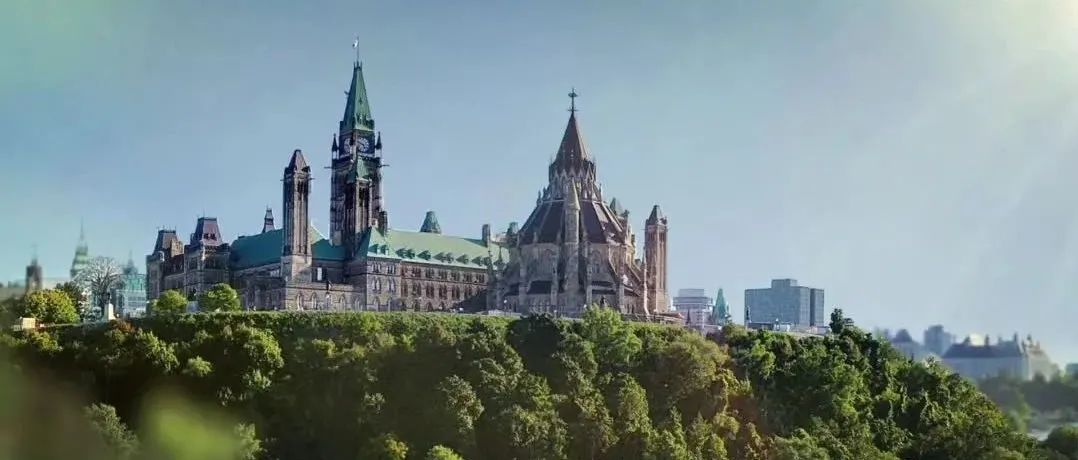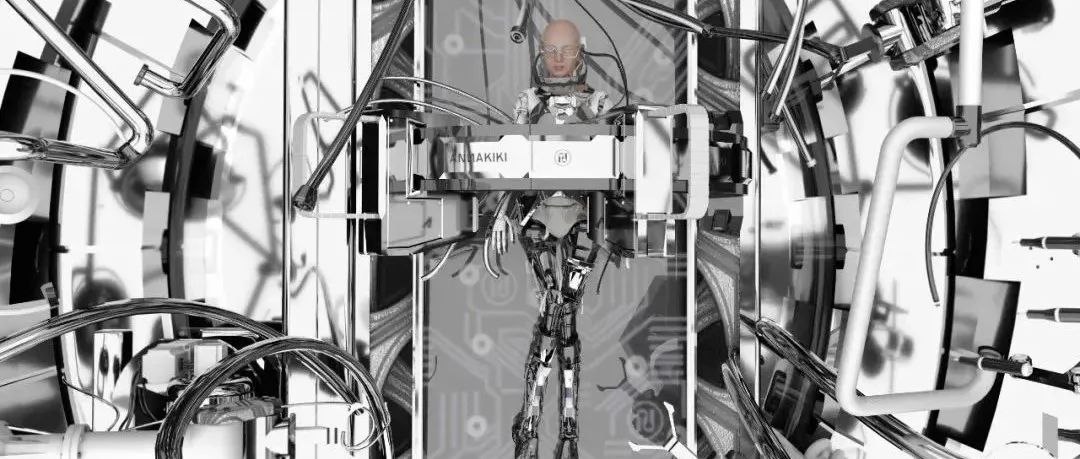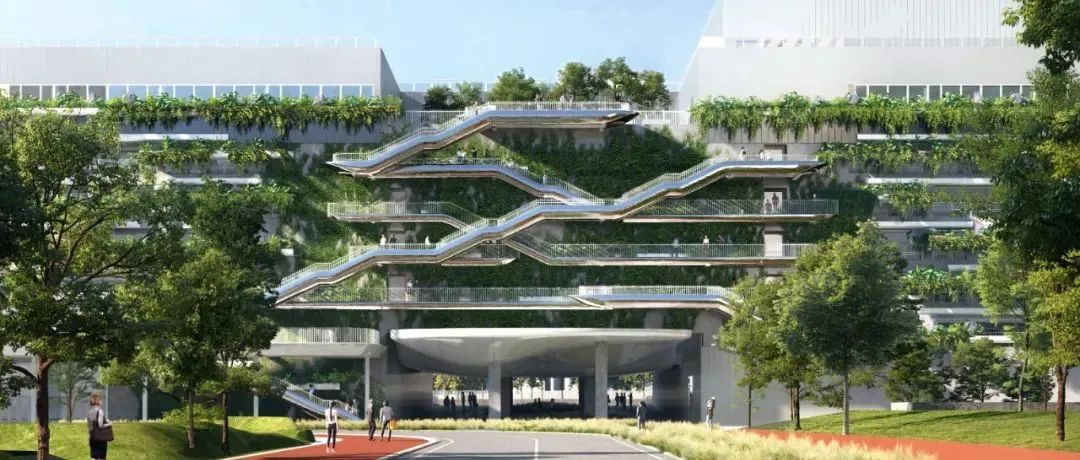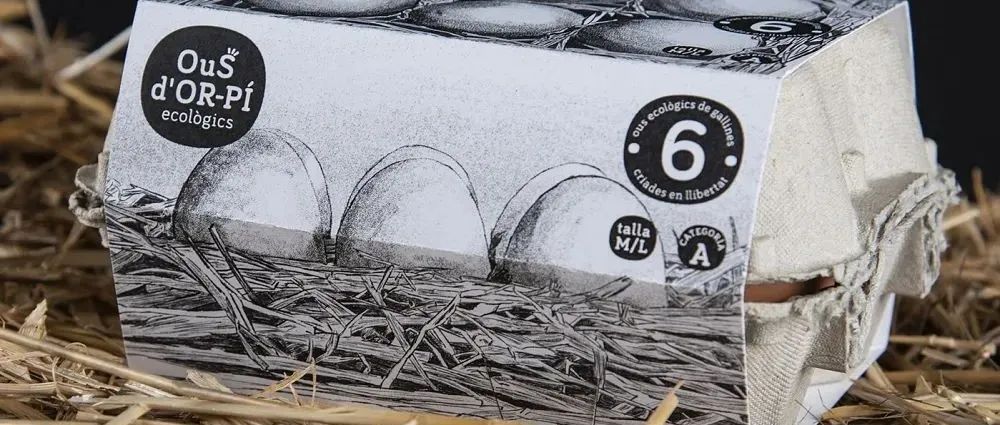地点:加拿大 渥太华
服务:建筑设计、室内设计、景观设计、可持续设计
HOK为加拿大标志性建筑之一的国会大楼进行保护、修复和翻新工作。这是加拿大有史以来规模最大、最复杂的建筑遗产修复工程。
作为国会山庄不可分割的一部分,中央大楼是民主的象征,它的历史和未来都融入于建筑结构中。
此次翻新提供了重新定位中央大楼的机会,使议员能够更好地服务于国民。它就像是一个编织物,将当代加拿大的包容性、多样性、可持续性和原住民性编织在一起,象征着多种文化及价值观的融合。
该项目将翻新和扩建加拿大最具代表性的建筑。它将复原场地的重要特征,将景观与建筑以及政府职能和仪式重新整合。它将保留原有建筑所代表的精神,同时表达加拿大新时代的价值观。
国会接待中心
这座新建筑在草坪和中央大楼的交叉口,位于地下。这是景观(开放空间)和建筑(议会空间)结合并共享的地方。它还将中央大楼与东楼和西楼连接起来,形成一个统一的建筑群。
精美的沃克斯楼梯下有一个可安全通行的无障碍入口。入口刻意谨慎,与原有景观无缝衔接,并精心修复了1870年代的沃克斯墙。它与现有建筑完美结合,相得益彰。
这个新的国会接待中心将为公共和教育活动、办公、会议等提供空间,并提供参观等旅游服务。
设计对中央大楼进行修饰,不是模仿而是以现代方式表现传统元素。空间在材质、比例和中性色调方面都得到了优化。游客们将能够欣赏到来自全国各地的材料(包括各种加拿大石头和木材)、展品和本土艺术。
进入该空间后,即刻吸引游客们注意的是一个大型曲线形石墙。它位于空间的中心,是高耸的和平塔的地基。它体现着这个空间的庄严性、永恒性和重要性。作为该建筑最大的建筑特色,它界定了这个空间,并将中央大楼与该建筑的主入口 —— 联邦大厅连接起来。
玻璃屋顶将以前未使用过的外部区域改造成充满自然光的内部空间,从而提供了可以被传统建筑的原始石墙和彩色玻璃所围绕的一个宝贵的体验。
公共庭院能够给游客带来一种中央大楼属于大家的感觉的同时,将帮助该建筑实现无障碍通行与碳中和。
翻新与优化
100年的持续使用给建筑留下了岁月的痕迹。主要建筑系统面临着严重的故障风险,并且不能满足现代建筑规范和标准,包括无障碍通行、可持续性或抗震要求。
设计引入了新的技术和安全措施,以支持现代化的运作。在修复的艺术品和遗产墙的背后,地板和天花板是全新的建筑系统,包括供暖和制冷、新风系统、消防、电线和高科技数字基础设施。该结构通过设计和加固使其能够符合严格的抗震要求。
文物保护
文物保护工作应该是不着痕迹的。改建采用精致轻巧的手法,避免了对建筑主要空间和装饰的影响。翻新工作尊重建筑的历史,同时为未来的使用做好准备。
设计让这座百年老建筑恢复了原有的庄重感,同时也让它成为了一座人人都能进入的建筑。 超过两万件宝贵的艺术品和手工艺品正在被修复。更好地重新诠释了原建筑中对光线的运用和对称空间的打造。
在经过精心修复的众议院厅内,画廊正在进行全面修复,翻新后的会议厅可以提供无障碍通行,以便根据需要容纳更多的议员。参议院厅正在进行改造工作,以更好地满足现代议会的各种需要。
环境可持续性
中央大楼将被改造成碳中和的设施。该项目将至少减少50%的能源和水消耗。设计团队的目标是得到LEED白金认证。
能源和水资源保护战略:
-
建筑围护结构的修复包括新的、现代化的节能窗户,并在屋顶上增加隔热层。
-
庭院上方的新天窗取代了四面外墙,防止冷空气渗入建筑物,同时防止空调空气外流。
-
该设计将通过在非饮用水应用中收集和再利用雨水和灰水来减少饮用水的使用。
环境健康
升级改造后的中央大楼和国会接待中心将全面开放,以方便所有加拿大人使用。
现有的外部空间改造成能够享受充足自然光的有围墙的庭院,将以前未被利用的区域改造成欢迎游客和在中央大楼工作人员的公共空间。新的庭院将大自然带进这座建筑。
Centre Block Rehabilitation
Location: Ottawa, Ontario, Canada
Services: Architecture, Interiors, Landscape Architecture, Sustainable Design
HOK is helping to design the preservation, restoration and modernization of one of Canada’s most iconic structures. It’s the largest and most complex heritage rehabilitation ever undertaken in the country.
As an integral part of the parliamentary campus, Centre Block is a physical manifestation of the nation’s democracy. Its history and future are embedded in the building fabric.
This project offers the opportunity to reposition Centre Block to empower its elected representatives to do the people’s work for generations to come. It will be a metaphorical tapestry into which contemporary Canadian values of inclusivity, equality, diversity, sustainability and indigeneity all are woven.
The project will renew and expand Canada’s most recognized building. It will reinstate significant features of the grounds, re-integrating the landscape with the buildings as well as the government’s functions and ceremonies. It will preserve the spirit of the place while expressing the value of our time.
Parliament Welcome Centre
This new building, which is placed underground, is situated at the intersection of the lawn and Centre Block. It is the point where the landscape (the people’s space) and the building (Parliamentary space) come together and overlap. It also links Centre Block to the East and West Blocks to form one unified complex.
A universally accessible and secure building entry is nestled under the elegant Vaux Stair. Purposely discreet, the entry is seamlessly integrated into the original landscape and carefully restored 1870s Vaux Wall. It does not compete with the lawn or Centre Block for attention.
The new Parliament Welcome Centre houses space for public and educational events, tours, offices and meeting rooms.
The design complements Centre Block, not mimicking but representing traditional elements in modern ways. Spaces are refined in their materiality, proportion and neutral colour palette. Visitors will be able to admire the materials (including a variety of Canadian stone and wood), exhibits and indigenous art brought here from every corner of the country.
Visitors are immediately struck by a massive curved stone wall in the center of the space: the actual foundation of the soaring Peace Tower. It’s a reminder of the gravity, permanence and importance of this place. As the building’s largest architectural feature, it anchors the space and connects Centre Block to Confederation Hall, the building’s formal entrance.
Glass roofs will transform previously unused exterior areas into light-filled interior spaces that offer the rare opportunity to be surrounded by the original stone walls and stained glass of the heritage building.
While creating a feeling that the Centre Block belongs to all Canadians, these public courtyards will help the building achieve universal accessibility and carbon neutrality.
Modernizing and Optimizing
After 100 years of continuous use, Centre Block was showing its age. Major building systems were at a critical risk of failure and were not conceived to handle modern building codes or standards including accessibility, sustainability or earthquakes.
The design introduces updated technology and security to support modern parliamentary operations. In the background behind the restored artwork and heritage walls, floors and ceilings are all-new building systems: heating and cooling, fresh air ventilation, fire protection, electrical wiring and a high-tech digital infrastructure. The structure is reinforced and designed to stringent seismic requirements.
Heritage Preservation
Heritage preservation work should be invisible. The alterations take a light, delicate touch, avoiding impacts to the building’s prominent spaces and decorative program. The updates respect all that has come before while preparing Canada for a bright future.
The design is returning the century-old building to its original dignity while making it universally accessible. More than 20,000 pieces of priceless art and artifacts are being restored. Valued architectural approaches to light and symmetry are being reinstated.
Inside the meticulously restored House of Commons Chamber, galleries are being fully updated and the Chamber made universally accessible—with flexibility to accommodate more members as required. The Senate chamber is being revitalized to meet the needs of a modern Parliament.
Environmental Sustainability
Centre Block will be transformed into a carbon-neutral facility. The project will reduce its energy and water consumption by at least 50 percent. The team is targeting LEED Platinum certification for the finished project.
Among the strategies for energy and water conservation:
-
The restoration of the building’s envelope includes new, modern, energy-efficient windows, with insulation added to the roofs.
-
Each new skylight over the courtyards replaces four exterior walls, preventing cold air from seeping into the building and conditioned air from bleeding out.
-
The design will reduce potable water use by harvesting and reusing rainwater and graywater in non-potable applications.
Health and Well-Being
The updated Centre Block and PWC will be easily accessible to all Canadians.
Adapting the existing exterior spaces into enclosed, light-filled courtyards transforms previously underutilized areas into welcoming public spaces for visitors and people who work in Centre Block. The new courtyards bring nature deep into the building.
本文来自微信公众号“HOK贺克”(ID:hok_ap)。大作社经授权转载,该文观点仅代表作者本人,大作社平台仅提供信息存储空间服务。












